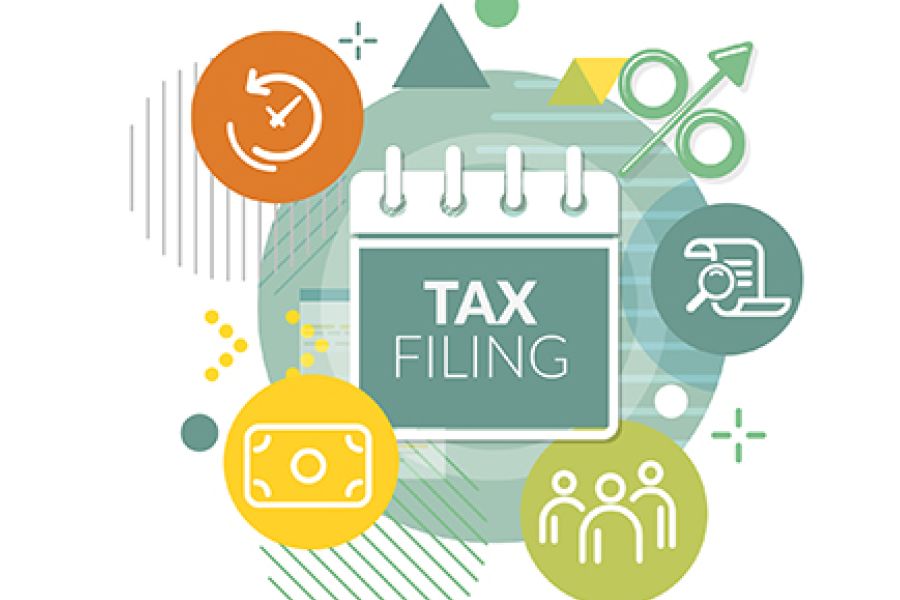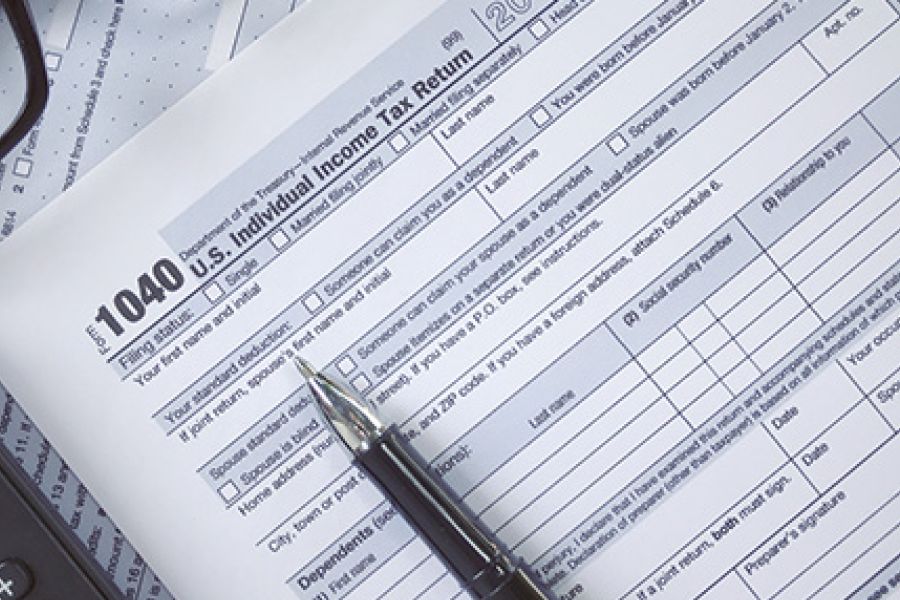When it comes to taxes, December 31 is more than just New Year’s Eve. That date will affect the filing status box that will be checked on your 2020 tax return. When filing a return, you do so with one of five tax filing statuses. In part, they depend on whether you’re married or unmarried on December 31. More than one filing status may apply, and you can use the one that saves the most tax. It’s also possible that your status could change during the year. Here are the filing statuses and who can claim them: Single. This is generally used if you’re unmarried, divorced or legally separated under a divorce or separate maintenance decree governed by state law. Married filing jointly. If you’re married, you can...
07
Feb 2021
0




